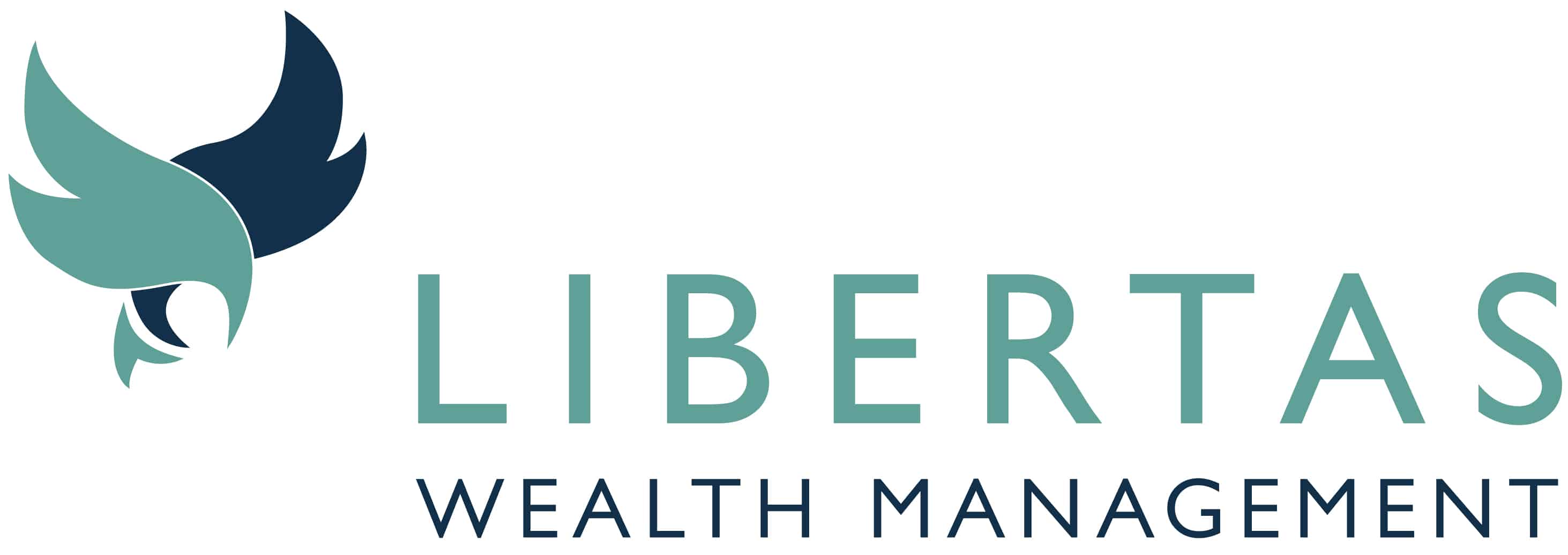As inflation remains stubborn, and interest rates may have to remain higher for longer, recessionary concerns have grown around the world.
Read on to discover some of the factors that may have affected your investment portfolio in October 2023.
When reviewing short-term market movements, remember to focus on your long-term investment goals.
UK
After a slump in July, official data shows the UK economy grew by 0.2% in August with the Office for National Statistics (ONS) reporting that the service sector mostly drove this growth.
Despite this positive news, concerns remain that the UK is heading into recession. Official figures indicated that the unemployment rate rose to 4.2% between June and August, up from 4% in the March to May quarter.
In addition, UK business activity shrank for the third consecutive month in October. The S&P Global/Cips Flash UK composite purchasing managers’ output index marginally increased to 48.6 in October from 48.5 the previous month.
However, the reading remained below the 50 mark, indicating that a majority of businesses continued to report a contraction in their output.
Inflation remains stubborn, as the headline rate was unchanged at 6.7% in the year to September. Rising fuel costs offset the first monthly fall in food prices for two years to maintain pressure on households.
This means that interest rates may have to remain higher for longer, especially considering that Swati Dhingra, one of the Bank of England’s nine-strong Monetary Policy Committee, said that they felt most of the impact of 14 interest rate rises was yet to be felt.
While the FTSE All-Share Index rose by 1.9% in the third quarter of 2023, the market remains uncertain, and it had given up all of these gains by mid-October.
Europe
Fears of a recession also persist in the eurozone.
S&P Global said that eurozone business activity declined for the fifth consecutive month and, excluding the months affected by pandemic lockdowns, it was the heaviest fall for a decade.
Falling exports, a sharp drop in new business orders, and a surge in fuel prices all contributed to this decline.
In more positive news, annual inflation in the eurozone fell to 4.3% in the year to September – its lowest level since October 2021. This comes after the European Central Bank decided to increase interest rates to a record level in September, pegging its key rate at 4%.
This data masks sharp differences in inflation between nations. Spain and Italy both saw the inflation rate rise in September – to 3.2% and 5.7% respectively – while Croatia’s inflation rate of 7.3% was the eurozone’s highest.
Contrast this with inflation in the Netherlands, which fell into the negative zone at -0.3%, meaning prices were lower than they were a year previously.
Overall, the MSCI Europe ex-UK index – an index covering 344 constituents in 14 developed markets across Europe – rose by 10% in the first nine months of 2023.
US
Over the last two decades, the US economy has grown at roughly double the pace of Europe and the UK. This looks set to continue in 2024.
The IMF has predicted that the US economy will power ahead in 2024, forecasting an expansion of 1.5% next year. This compares with IMF forecasts of 1.2% for the eurozone and 0.6% for the UK.
While this is partly due to soaring costs of energy in Europe after Russia’s invasion of Ukraine, more structural reasons – like the US’s booming technology sector – have also helped to maintain growth.
The percentage of US adults in their prime working years participating in the labour force is now at its highest level in 20 years and, interestingly, labour force participation by Americans with a disability has soared.
As in the UK, US inflation remained steady over the 12 months to September, at 3.7%.
Overall, the S&P 500 index rose by around 4% in the six months to 24 October, while the Dow fell by around 1% over the same period.
Asia
Diversifying your portfolio means investing in a range of different funds, companies, and geographical locations. Gains in one particular sector or world market can help to offset losses elsewhere.
Q3 of 2023 illustrates this well.
In the three months to the end of September, leading indices in the US, Europe, and “emerging markets” all fell in value. So, if you’d invested in just the US or Europe, you’d likely have seen a slight reduction in the overall value of your portfolio.
During the same period, the Japan TOPIX index rose by 2.5%. In the first nine months of 2023, the TOPIX index rose by 25.7%.
Diversifying your assets across regions means you can benefit from strong growth in certain parts of the world, even if other markets are uncertain.
Please note:
This blog is for general information only and does not constitute advice. The information is aimed at retail clients only.
The value of your investment can go down as well as up and you may not get back the full amount you invested. Past performance is not a reliable indicator of future performance.






